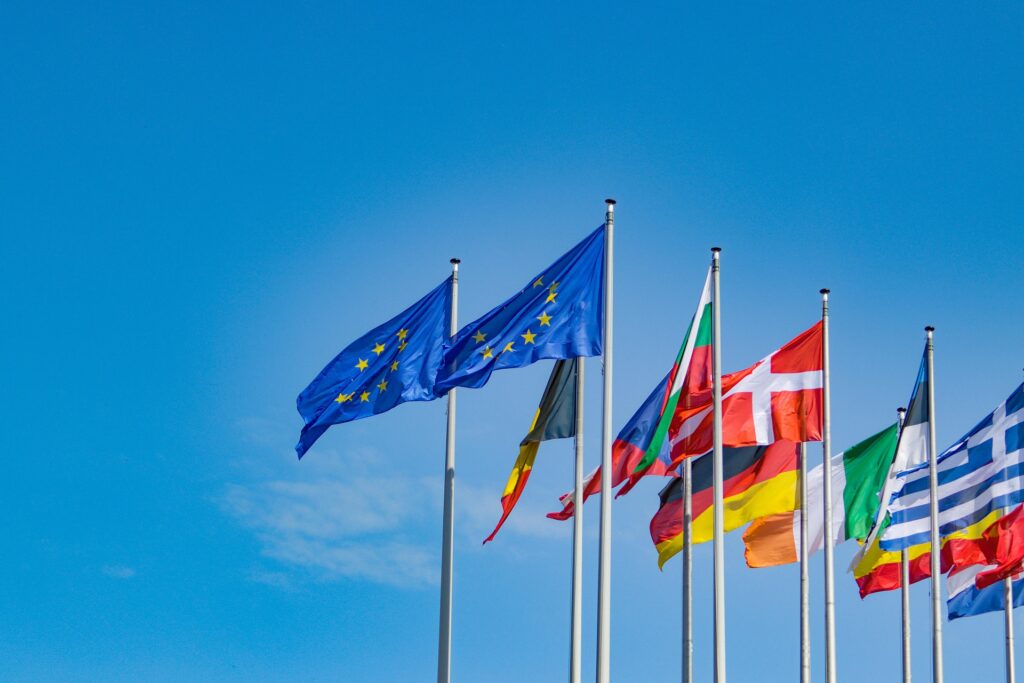Global Avionics Round-Up from Aircraft Value News (AVN)

As geopolitical tremors from Donald Trump’s revived trade war rhetoric ripple across global markets, one industry is poised for major consolidation: European avionics. The U.S. president’s aggressive stance on tariffs and protectionist policies, especially targeting the aerospace sector, has once again put pressure on transatlantic trade.
However, amid the uncertainty, a clear trend is emerging: European avionics companies are racing toward mergers and acquisitions (M&As) to secure scale, supply chain security, and global competitiveness.
Trump’s Trade War 2.0: The Trigger
Trump has resurrected his “America First” economic agenda, with sweeping tariffs on foreign goods, including aerospace components.
European avionics firms, many of which rely on complex global supply chains and access to U.S. technologies, face heightened risk of trade barriers, component delays, and price volatility. The threat of punitive duties on avionics systems, navigation software, and even raw materials like semiconductors has companies scrambling to adapt.
Why Consolidation Makes Strategic Sense
Larger, consolidated European avionics firms can pool resources to regionalize supply chains, reduce dependency on U.S. technology, and mitigate tariff exposure. Vertical integration—acquiring suppliers, software developers, and systems integrators—will become a dominant strategy.
The race toward more autonomous and artificial intelligence (AI)-driven cockpit systems demands massive investment. Merged entities will be better positioned to fund these capital-intensive innovations, accelerating timelines while reducing cost per development cycle.
With the potential for U.S.-EU decoupling in aerospace tech, European firms need scale to remain globally competitive. Consolidation enables broader geographic reach, stronger bargaining power with OEMs like Airbus, and a hedge against future geopolitical risk.
M&A on the Radar
Analysts expect medium-sized avionics firms in Germany, France, and Scandinavia—such as Saab Avionics, HENSOLDT, Thales’ smaller units, and even niche players in cybersecurity—to become targets or consolidators. Pan-European deals will be particularly attractive, enabling cross-border synergies and strengthening the EU’s technological sovereignty in aerospace.
The European Commission is likely to support such consolidation with favorable regulatory conditions, seeing it as a way to defend the continent’s aerospace independence.
Impact on Avionics Development
As M&A activity heats up, avionics innovation will likely bifurcate. On one hand, larger entities will fast-track development of modular, scalable systems that meet a wider variety of aircraft requirements, from narrowbody cockpits to drones and Electric Vertical Take-Off and Landing aircraft (eVTOLs). On the other, smaller firms that survive will focus on specialized, high-margin niches like avionics cybersecurity and predictive maintenance software.
Analysts also expect the emergence of pan-European avionics platforms to rival legacy U.S. systems from Honeywell and Collins Aerospace, especially for Airbus jets, military programs, and unmanned aerial systems (UAS).
Aircraft Values and Lease Rate Implications
This shift will reverberate into the secondary aircraft market. Aircraft equipped with cutting-edge European-developed avionics, such as the Airbus A320neo, A350, and even upgraded ATR 72s, will gain a premium in both base value and lease rate due to future-proof cockpit capabilities and reduced dependency on U.S.-regulated components.
Meanwhile, aircraft with legacy U.S.-sourced avionics may face a discount in Europe and other trade-sensitive regions, especially if spare parts become restricted or costly. Lessors and operators will reassess their fleet strategies, favoring aircraft with upgradable or modular avionics that align with emerging European standards.
Trump’s trade war has reignited tensions across the Atlantic, but in doing so, it has also inadvertently catalyzed a powerful wave of avionics consolidation in Europe. The result: a more self-reliant, aggressive, and innovation-driven European avionics sector that reshapes global competition—and boosts the value of aircraft aligned with its standards.
This article also appeared in our partner publication, Aircraft Value News.
John Persinos is the editor-in-chief of Aircraft Value News. You can reach him at: jpersinos@acccessintel.com